Facebook could be at its peak.
There is quite a bit of news surrounding social platforms doing what’s “right” versus “profiteering off of misinformation.” For a few years, Facebook has been on the wrong side of this debate. Also, Facebook continues to be the home of negativity around politics and social issues. To compound this negativity, Facebook has “tried” to impose higher standards on their ad policies, but these restrictions have tended to be grey and not always consistently enforced. As a result, a number of significant brands have restricted their investment into the platform in an attempt to force the company to make changes quickly. By 2021, we’ll see what, if any, effect those boycotts have had.
Instagram is on the rise.
They’ve recently seen an uptick in younger users, and the content is less focused on issues and more focused on fun and engaging entertainment. Instagram has also learned from Facebook’s advertising mishaps, which shouldn’t be surprising considering Instagram is owned by Facebook. Recently, direct response campaigns have seen higher performance across the Instagram platform as compared with Facebook. If a brand has not yet made Instagram a priority, they should now.
Snapchat + TikTok.
Both platforms have seen considerable increases in adoption over the past year, but brands haven’t really found their place on the platform yet. In the past few months, TikTok has gotten a lot of attention (and a number of suitors) due to President Trump’s disdain with the platform and its Chinese ownership. Time will tell how TikTok responds and how brands begin to assimilate into these platforms to reach a much younger audience than that of Facebook.
Facebook Messenger + Chatbots.
Brands need to begin adopting strategies around messenger apps. 1.3 BILLION users are active on Facebook Messenger. The adoption of messenger apps is not to say that communicating directly with customers on Facebook walls, Tweets, or Instagram comments is dead. Far from it. But there’s an enormous opportunity to improve customer communication with a Facebook Messenger strategy in place.







